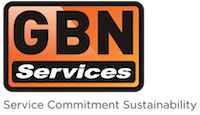What Happens To Your Waste
Want to find out how we can help manage your waste streams?
Request a quote or give us a call!
What Happens To Your Waste?
GBN has continually invested in the most modern and innovative recycling and processing equipment at the forefront of the industry across our facilities. Our processes are devised around maximising the retrieval of valuable materials so they can be reused. This is particularly true of the aggregates from construction that we process through trommells and kinetic flow systems. We prioritise closing the loop with our recycling using local re-processors where we can. This is balanced against achieving the most economically preferential option for our clients.
Waste that cannot be effectively sorted through our mechanical and manual processes is baled and sent to generate refuse-derived fuel. Click here for more details on our process of sorting residue material.
Below is a guideline to the major waste streams we manage and how they get processed with appropriate European Waste Catalogue code (EWC).

Waste Streams

Cardboard and paper
(15 01 02)
All cardboard and paper collected is baled and sent to paper mills for reprocessing back into fibre based products.
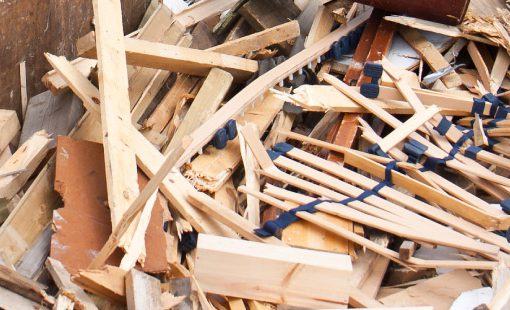
Wood
(17 02 01)
Waste wood is chipped at our Leyton Recycling Centre and is 100% recycled. The plant removes any metal from the wood which is then chipped and sold on to various sources for remanufacturing, mainly into MDF. The sawdust generated is currently supplied to landfill as cover material.
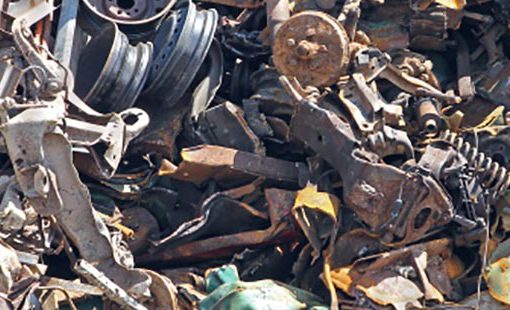
Metals
(17 04 07)
Metals such as iron are separated and sent to metal recycling facilities where 100% is recycled. Metals are fragmentised or smelted and once melted sold to various sources to be manufactured into new metal products.

Green Waste
(20 02 01)
Green waste is taken to a composting facility where 100% is recycled. The green waste is mulched and composted before being used as a fertiliser on agricultural land.

Hard core/concrete
(17 01 01)
All hard core/ concrete waste including ceramics is 100% recycled. Hard core is crushed and screened prior to being reused as a secondary aggregate.
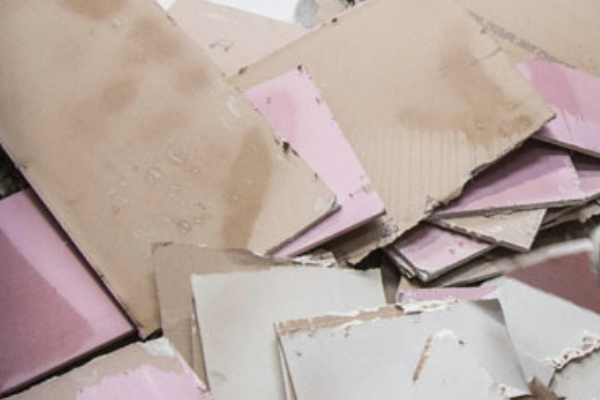
Plasterboard
(17 08 02)
Plasterboard is bulked and taken to a plasterboard recycling centre where 100% is recycled. The paper is stripped and made back into fibre based products. The gypsum is crushed and ground down and then mixed with new gypsum to make new plasterboard.
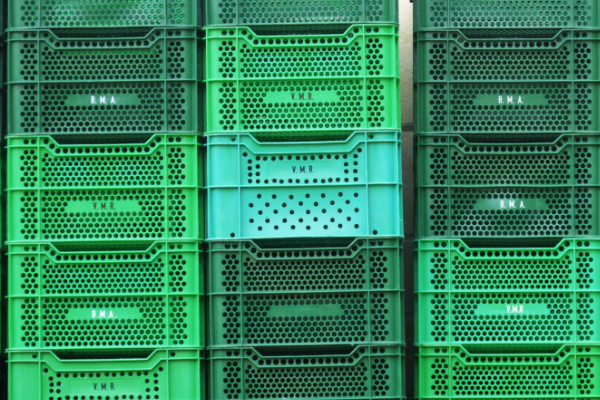
Rigid plastics
(17 02 03)
Rigid plastics are 100% recycled at a plastics recycling facility where the plastic is chipped ready for reuse. This is usually made into playground surfacing.
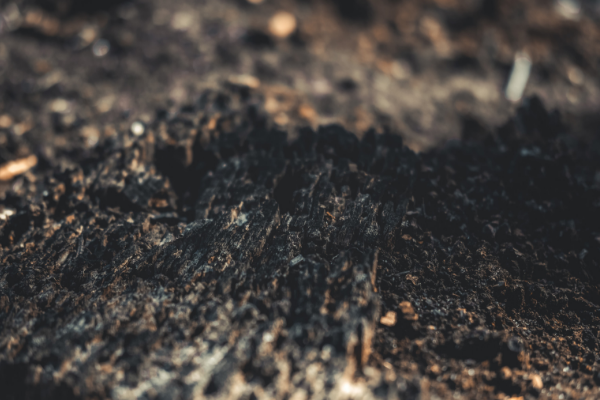
Soils
(17 05 04)
All soils are 100% recycled. After screening, soils are sent for engineering material and also used as recycled topsoil.
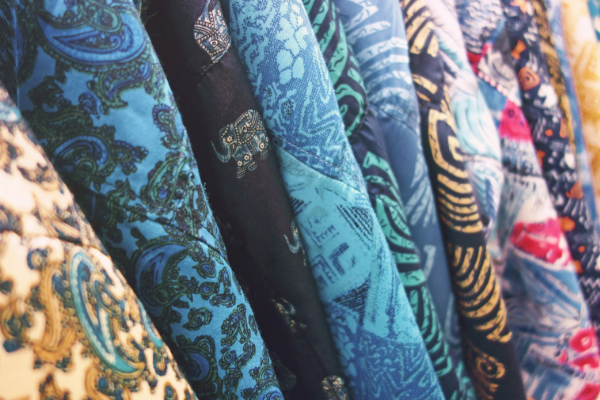
Textiles
(20 01 13)
Textiles are sent for further segregation at textile recycling facilities. Where there are markets for these materials, they are reused with the remainder recycled.
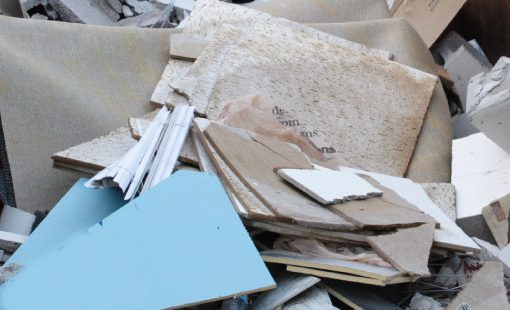
Mixed Construction Waste
(17 09 04)
Mixed construction materials pass through the trommel and sorting facilities to separate out into the constituent materials which are reused and recycled as detailed above.

Residual Waste
(20 03 01)
All general waste is firstly machine sorted and then processed through a manual picking line to ensure that the maximum amount of recyclable material is separated. Residual waste from all sites are then directed to our Landfill Diversion Facility where it passes through a final sorting process and all the materials that cannot be segregated are then baled and sent to generate energy as refuse-derived fuel (RDF).
Get In Touch
Have any questions? Want to speak to us about an upcoming project?
Get in touch today and we'll be happy to help!
